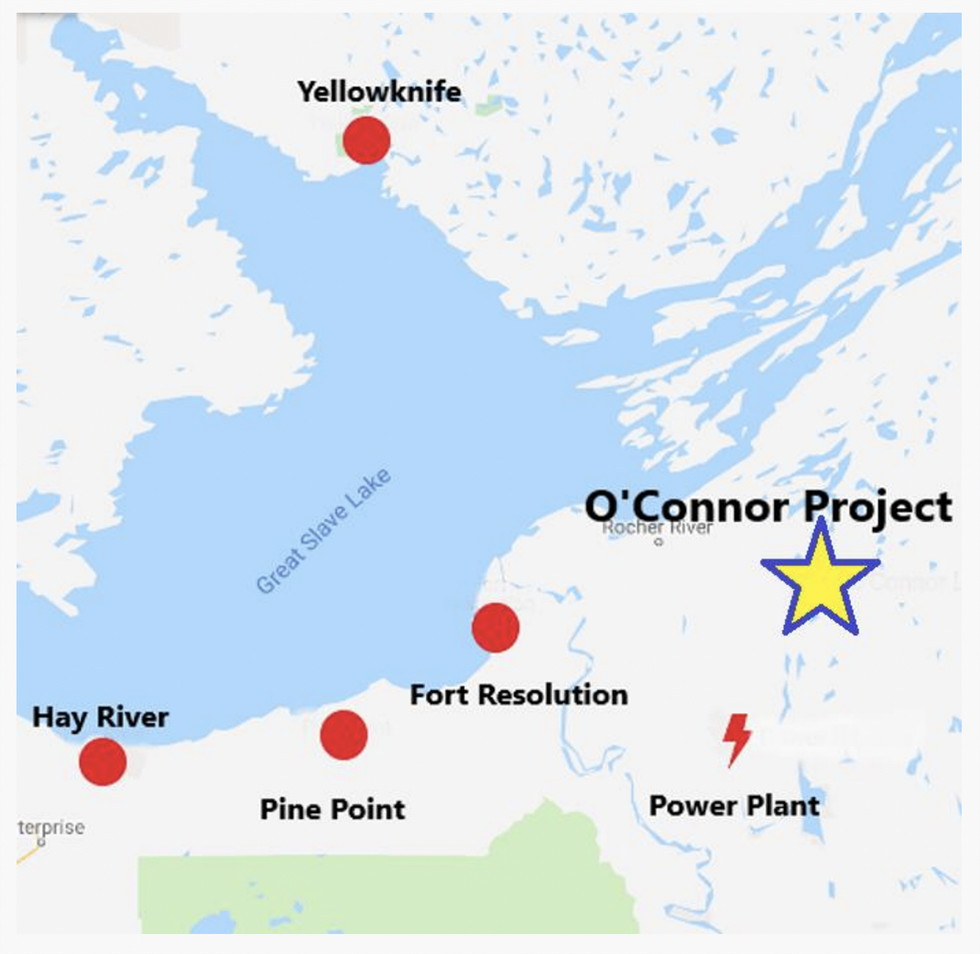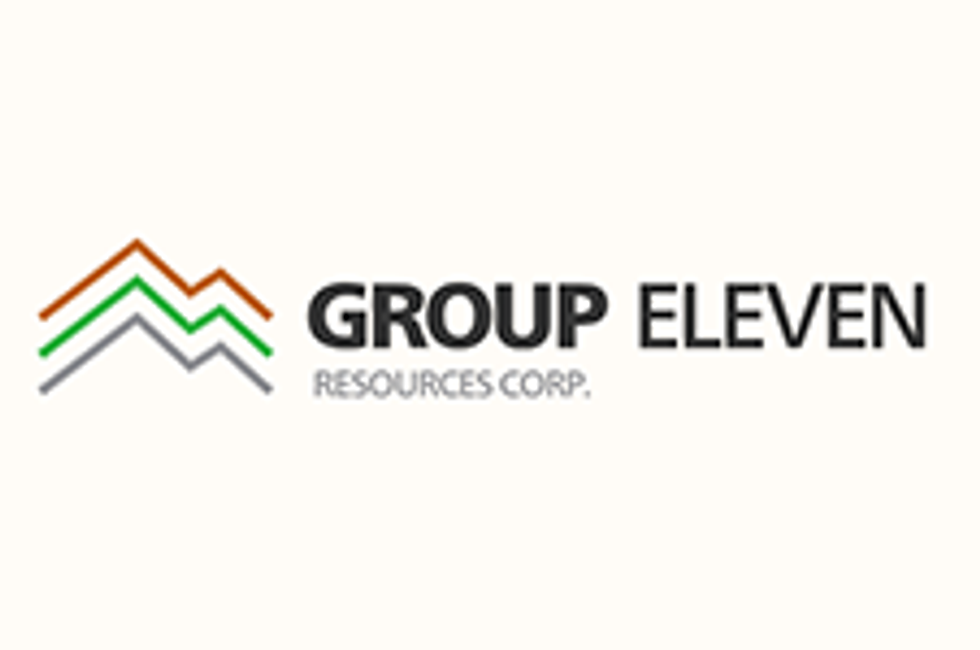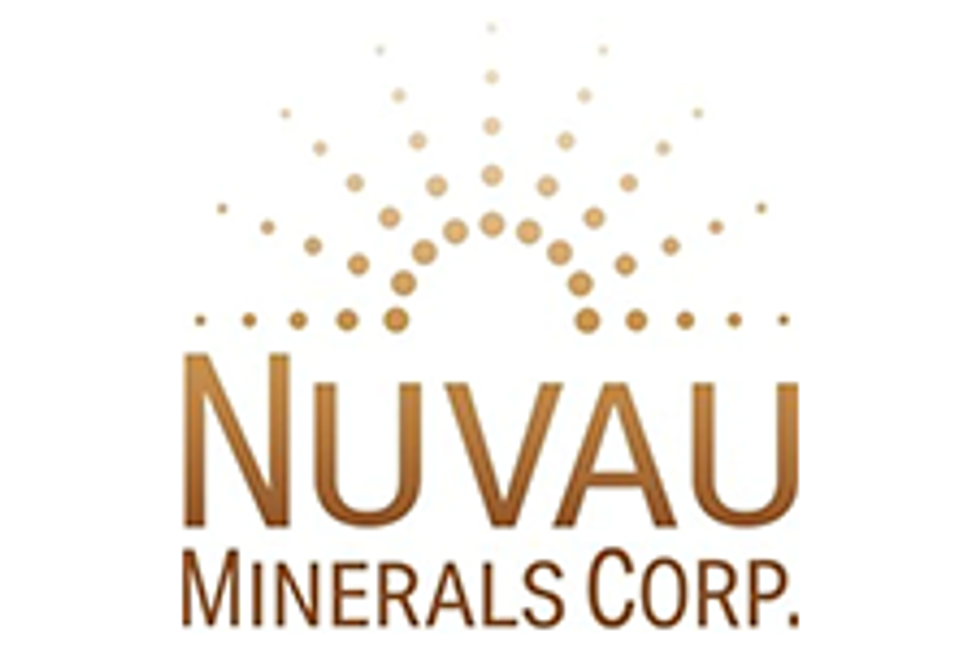Slave Lake Zinc Prepares for Exploration Program
Slave Lake Zinc Prepares for Exploration Program
Slave Lake Zinc Progress
Slave Lake Zinc Progress
Forest Fires Delay Plans for Slave Lake Zinc
Overview
Zinc is widely used for manufacturing galvanized steel, UV protection and creating oxides. The base metal’s high thermal conductivity has also made it an essential material for clean technologies. As a result, the Canadian government has designated zinc a critical metal due to its essential use in emerging renewable technologies. The spot price of zinc is expected to grow at a steady CAGR of 6.9 percent between 2022 and 2030, showing the impact of emerging uses on the zinc market.
The Northwest Territories in Canada are largely underexplored yet potentially rich in zinc deposits. Mining in the Northwest Territories has significant impact on First Nations communities and it’s become essential for any mining project to have the full support and cooperation of the Indigenous communities on whose lands these projects reside. Therefore, building valuable working relationships with the local, Indigenous groups is essential for any mining operation’s success.
Natural Resources Canada actively promotes and encourages partnering with Indigenous communities early on, seeking to establish a mutual understanding and beneficial agreement for all parties involved. Additionally, the McGill University Institute for the Study of International Development (ISID) advises that working with Indigenous Peoples is essential to proper governance of a mining project by enabling decision-making and engagement practices of both parties.
Vancouver-based exploration and development mining company Slave Lake Zinc (CSE:SLZ) is an organization that recognizes the importance of a sound partnership with Indigenous communities. The company’s flagship O’Connor Lake zinc project, in the under-explored South Slave Region of the Northwest Territories, is located on Indigenous land owned by the Métis Nation. Slave Lake has worked closely with the Métis Nation to establish collaborative agreements designed to benefit both parties to advance the project area by providing economic and employment opportunities to the Métis Nation.
These agreements allowed for an expanded land package of 76.25 square kilometers for Slave Lake, which is 15 times greater than the original 1948 lease. The area is highly prospective and underexplored, having received no attention for at least three decades. Slave Lake conducted thorough airborne geophysics surveys throughout the area. These surveys provided Indigenous communities the essential information about the prospect and its potential.
The O’Connor Lake project was initially discovered in 1948 and indicated high-grade deposits of zinc, lead, copper and precious metals. This discovery led to additional exploratory efforts up to 1952, before it was deemed uneconomical to continue based on market conditions at the time.
The project was the topic of a doctoral thesis that demonstrated and gave Slave Lake further confidence in the asset's potential. An excerpt from Bansi Prusti’s dissertation for the department of geological sciences at McGill University in Montreal states, “It is apparent that all the mineralized quartz veins occurring in this map-area have had similar origin and that they are probably hydrothermal.”
An experienced management team, with expertise throughout the mining industry and a track record of developing successful projects, provides confidence in the company’s ability to take the project toward full development.
Company Highlights
- Slave Lake Zinc is an exploration and development mining company based in Vancouver focusing on its district-scale zinc project in the Northwest Territories.
- The company has worked closely with First Nations communities to create a mutually beneficial collaboration agreement for the economic benefit of both parties. The agreements give Indigenous communities input at every stage of development.
- O’Connor Lake, the company’s flagship district-scale asset, covers 76.25 square kilometers and is 15 times larger than the original stake in 1948 that built interest in the area.
- The Slave Lake region in the Northwest Territories is underexplored and has not received any exploration attention for at least three decades.
- The O’Connor Lake project was the subject of a doctoral thesis examining the area's potential, which was pivotal in Slave Lake’s decision to pursue the asset.
- A management team with decades of experience in the natural resources industry and a track record of success leads Slave Lake toward fully realizing the potential of its asset.
Get access to more exclusive Zinc Investing Stock profiles here

